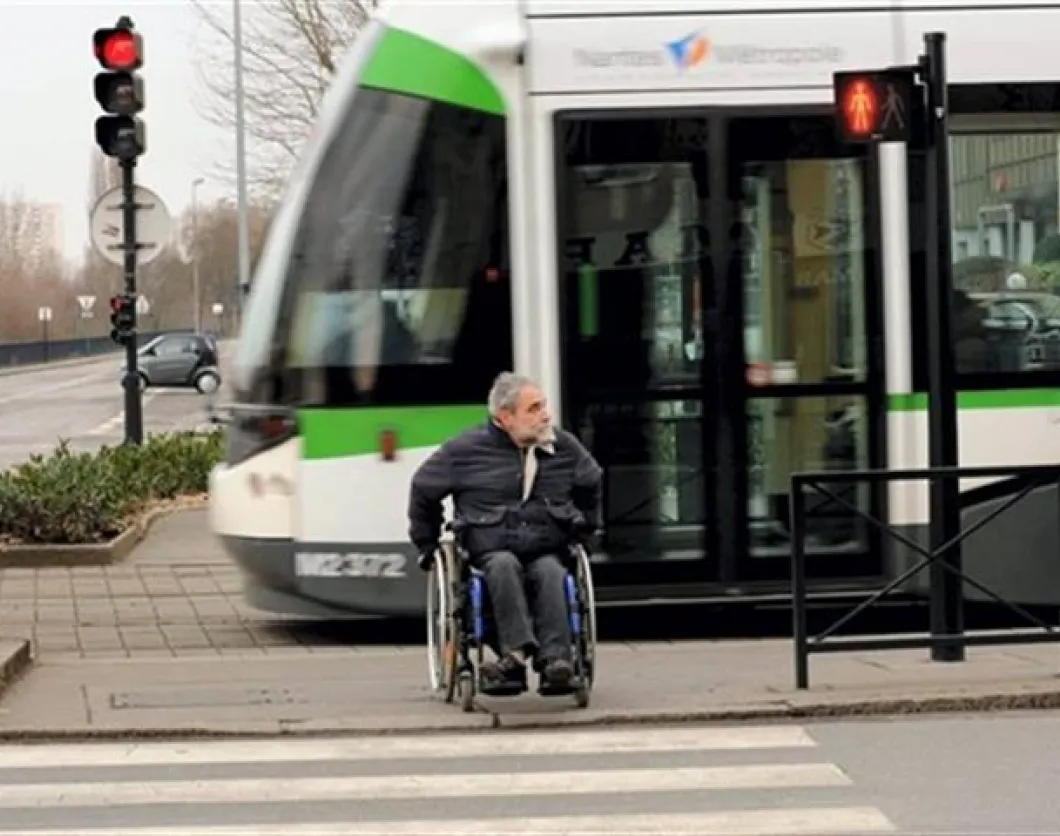Tourists that we do not think enough about the world over are those with special accessibility needs. Business owners often feel obliged to add in accessible features to their facilities in order to avoid risks and meet regulations. But it is only recently that the global tourism industry started catching on to the vast scope of barrier free travel in terms of the revenue that it can generate and the benefits it can have for society as well.
The world today counts 1.3 billion disabled people among its population, and they are likely to travel if they have the opportunities. When you consider their family and friends the total accessible tourism market comes to around 2.2 billion people. Statistics reveal that this demographic has more than $8 trillion in disposable income annually.
According to McKinsey Global Institute, there will be more and more people needing accessible tourism in the future; as populations continue to age and wealthy US baby boomers retire (40 percent of them will retire with some form of disability in 2015). The forecast is that by 2020, as much as 25 percent of the tourism market will be controlled by handicapped tourists.
Clearly this means that it is good business to make as many services barrier free as possible. Three European cities have been particularly attentive to people with disabilities. Berlin won the Access City Award in 2013 with its initiatives to improve accessibility in the city. Nantes and Stockholm took the finalist runner-up positions out of 99 cities from 20 EU member states. What do these cities have to offer the disabled traveler?
Accessible Berlin (Germany)
With a population of 3.5 million and several different transport systems, Berlin has come a long way in overcoming challenges in making the city barrier free. Wheelchair accessible budget, boutique and luxury hotels, museums, institutions and exhibitions have been advised by the Barrier free Building Coordination Office since 2000.
Main public areas offer mainstream accessibility at underground train stations and in buses and trams. The city plans to make all underground stations accessible by 2020.
Berlin has also been implementing an accessible footpath strategy since 2011, with tactile guidance systems at road junctions, tram and bus stops and signals for the visually impaired at pedestrian lights.
Tourists have access to barrier free city tours as well as a number of events for the hearing and visually impaired. These include, for example, audio descriptions for all football matches at the Berlin Olympia Stadium.
Accessible Nantes (France)
Following Berlin, Nantes was awarded the title of the second-most accessible city of the EU candidates. What makes the city barrier free for tourists is its public policy that has for a long time planned to make life easier for the disabled. Many local sports and cultural facilities are wheelchair accessible.
Le Château des Ducs de Bretagne won an award (Museums for All) for its efforts at making people with all kinds of disabilities welcome. The city hopes to have reduced mobility access to over 90 percent of buses by 2015. Aside from these implementations, the city, Nantes Habitat and local landowners are also working together on plans to improve and expand housing facilities for the disabled.
Accessible Stockholm (Sweden)
Stockholm, a city spread across 14 islands, faced the challenge of making its wide expanse easier to navigate for disabled tourists. The city's innovative project called ‘Stockholm – A City For Everyone’ has earned recognition. This is a participation program for the disabled, approved by the city council, to determine priority goals between 2011 and 2016.
All the city's airports already have wheelchair access and aids for the visual and hearing impaired and there are over 80 accessible hotels in Stockholm. There has been more recent focus on ICT accessibility (information and communications technology). The city council and local organizations for the handicapped are constantly inventorying public areas that need better access. This has led to changes like the reconstruction of 65 percent of the inner city pedestrian crossings to fit access ramps and contrast marking for the visually impaired. Public toilets are also fitted to make them easily accessible for everyone.










